History
1769
California’s first mission, Mission San Diego de Alcalá, was established by St. Junipero Serra. It was moved to its current location in 1774.
1859
The Diocese of Monterey-Los Angeles was formed, which included the San Diego region. That Diocese was divided in 1922, with the southern portion named the Los Angeles-San Diego Diocese.

1936
The Diocese of San Diego is formed from the former Los Angeles – San Diego Diocese. It includes 87 parishes in Imperial, Riverside, San Bernardino and San Diego Counties.

1937
Bishop Charles Francis Buddy is installed as the first Bishop of San Diego. The Southern Cross becomes the official newspaper of the Diocese of San Diego.

1943
The first Diocesan Synod convened.
1949
Land overlooking San Diego and Mission Bay is purchased for the development of the University of San Diego and Chancery offices.

1956
Bishop Richard H. Ackerman is appointed Auxiliary Bishop of San Diego.

1966
Bishop Francis J. Furey is installed as Bishop of San Diego.
1967
Bishop John R. Quinn is appointed Auxiliary Bishop of San Diego.
1973–1976
The second Diocesan Synod convened to review and renew statutes and guidelines of the Diocese in keeping with the Directives of Vatican II.


1969
Bishop Leo Thomas Maher becomes 3rd Bishop of San Diego.
1974
Bishop Gilbert E. Chavez is appointed Auxiliary Bishop of San Diego, the second Mexican American priest to be elevated to this office in the United States.
1976
The First Diocesan Pastoral Council formed as a direct result of the Second Synod
1978
Two northern counties of Riverside and San Bernardino are separated to form the Diocese of San Bernardino. The Diocese of San Diego now encompasses Imperial and San Diego counties, with 88 parishes.
1990
Bishop Robert H. Brom, appointed a year earlier as Coadjutor, becomes 4th Bishop of San Diego.


1994
Chancery offices move to new Diocesan Pastoral Center in Clairemont, formerly the Convent of the Benedictine Sisters of Perpetual Adoration.
2002
Bishop Salvatore J. Cordileone is appointed Auxiliary Bishop of San Diego.
2013
Bishop Cirilo Flores, appointed the year before as Coadjutor, becomes the 5th Bishop of San Diego.


2015
Bishop Robert McElroy is appointed and installed as the 6th Bishop of San Diego.
2016
The third Diocesan Synod convened to enhance the promotion of marriage and family life in today’s world.
2017
Bishop John Dolan is appointed Auxiliary Bishop of San Diego.

2019
The fourth Diocesan Synod convened to consult young adults on how the local Church can better engage and serve their community.
2020
Bishop Ramón Bejarano is appointed Auxiliary Bishop of San Diego.
2021
The fifth Diocesan Synod convened, a multi-year effort, to promote a culture in the local Church where all members walk forward in communion to pursue a common mission through participation of all.
2022
Bishop Robert W. McElroy is elected to College of Cardinals.
2023
Bishops Michael Pham and Felipe Pulido are appointed Auxiliary Bishops of San Diego.
2025
Pope Leo XIV names Bishop Michael Pham the seventh bishop of San Diego.
1769
California’s first mission, Mission San Diego de Alcalá, was established by St. Junipero Serra. It was moved to its current location in 1774.

1859
The Diocese of Monterey-Los Angeles was formed, which included the San Diego region. That Diocese was divided in 1922, with the southern portion named the Los Angeles-San Diego Diocese.
1936
The Diocese of San Diego is formed from the former Los Angeles – San Diego Diocese. It includes 87 parishes in Imperial, Riverside, San Bernardino and San Diego Counties.

1937
Bishop Charles Francis Buddy is installed as the first Bishop of San Diego. The Southern Cross becomes the official newspaper of the Diocese of San Diego.
1943
The first Diocesan Synod convened.

1949
Land overlooking San Diego and Mission Bay is purchased for the development of the University of San Diego and Chancery offices.
1956
Bishop Richard H. Ackerman is appointed Auxiliary Bishop of San Diego.
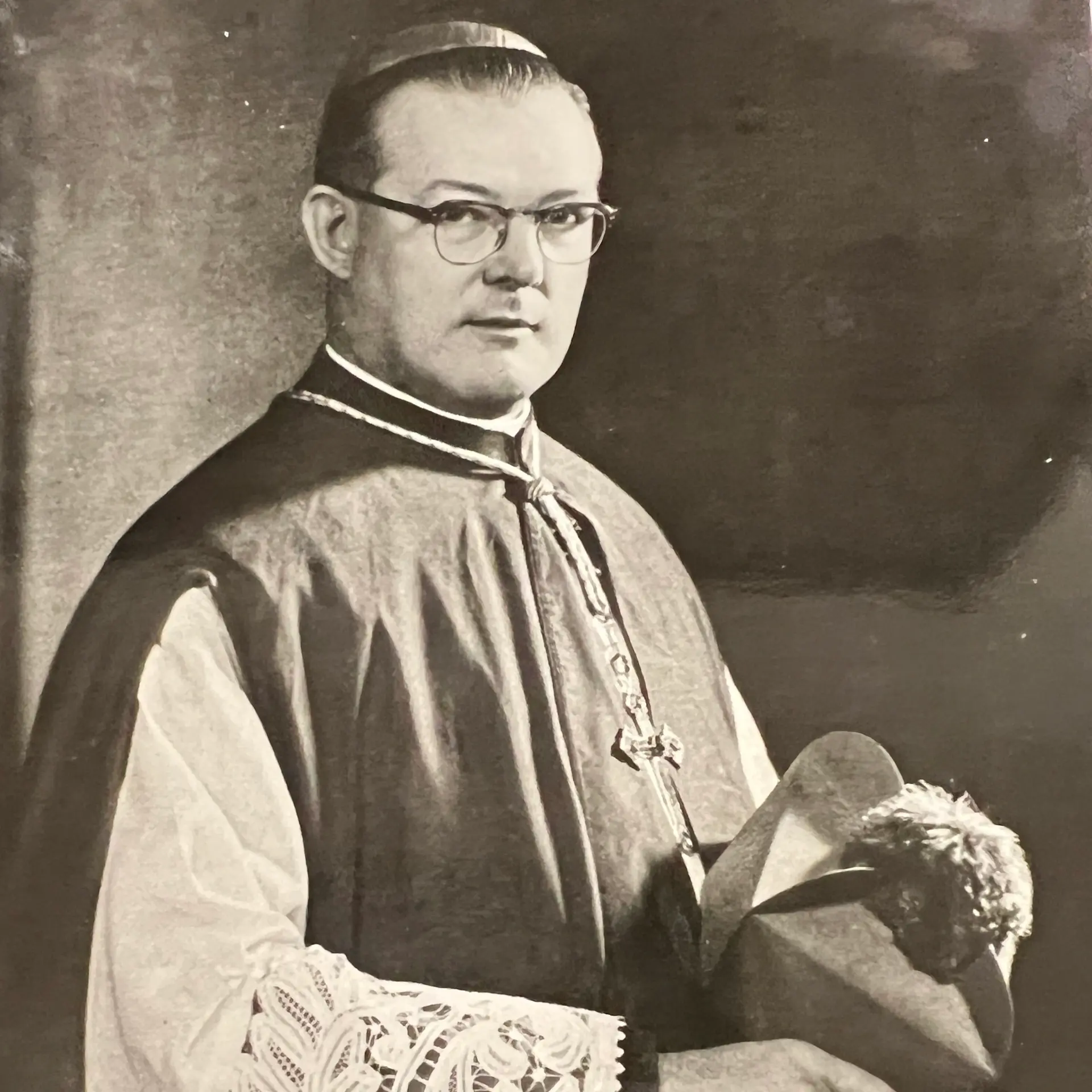
1966
Bishop Francis J. Furey is installed as the second Bishop of San Diego.
1967
Bishop John R. Quinn is appointed Auxiliary Bishop of San Diego.
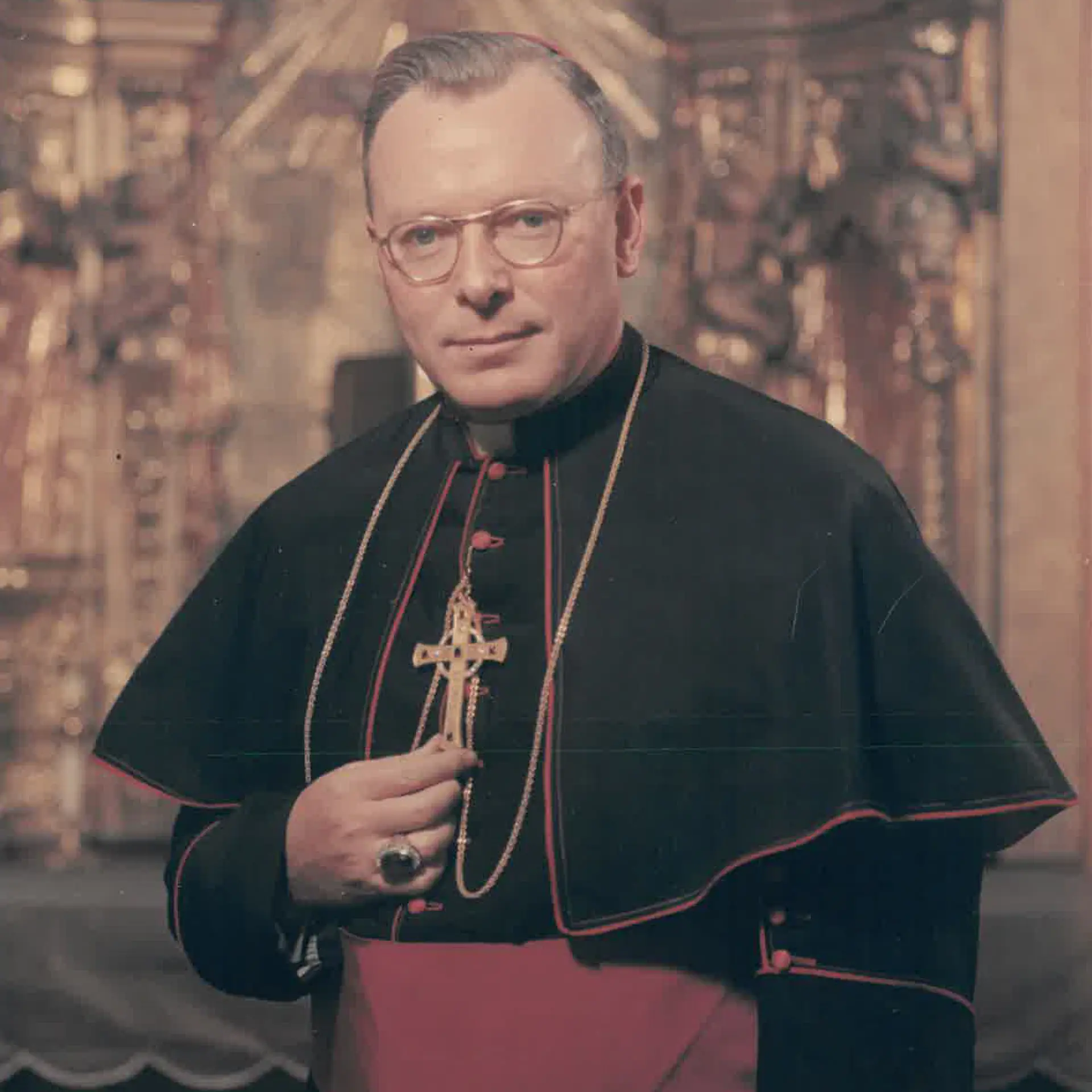
1969
Bishop Leo Thomas Maher becomes third Bishop of San Diego.
1973–1976
The second Diocesan Synod convened to review and renew statutes and guidelines of the Diocese in keeping with the Directives of Vatican II.
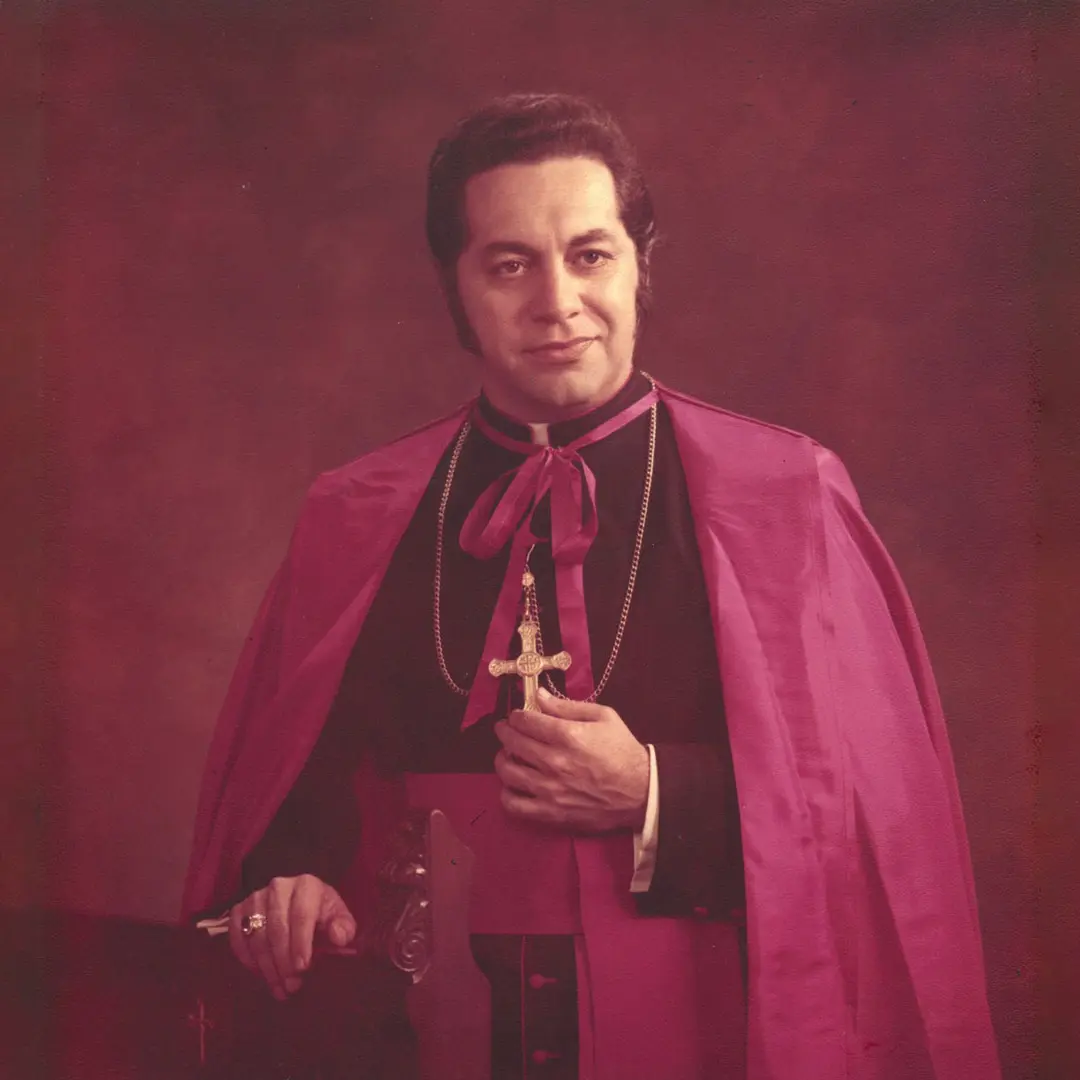
1974
Bishop Gilbert E. Chavez is appointed Auxiliary Bishop of San Diego, the second Mexican American priest to be elevated to this office in the United States.
1976
The First Diocesan Pastoral Council formed as a direct result of the Second Synod
1978
Two northern counties of Riverside and San Bernardino are separated to form the Diocese of San Bernardino. The Diocese of San Diego now encompasses Imperial and San Diego counties, with 88 parishes.
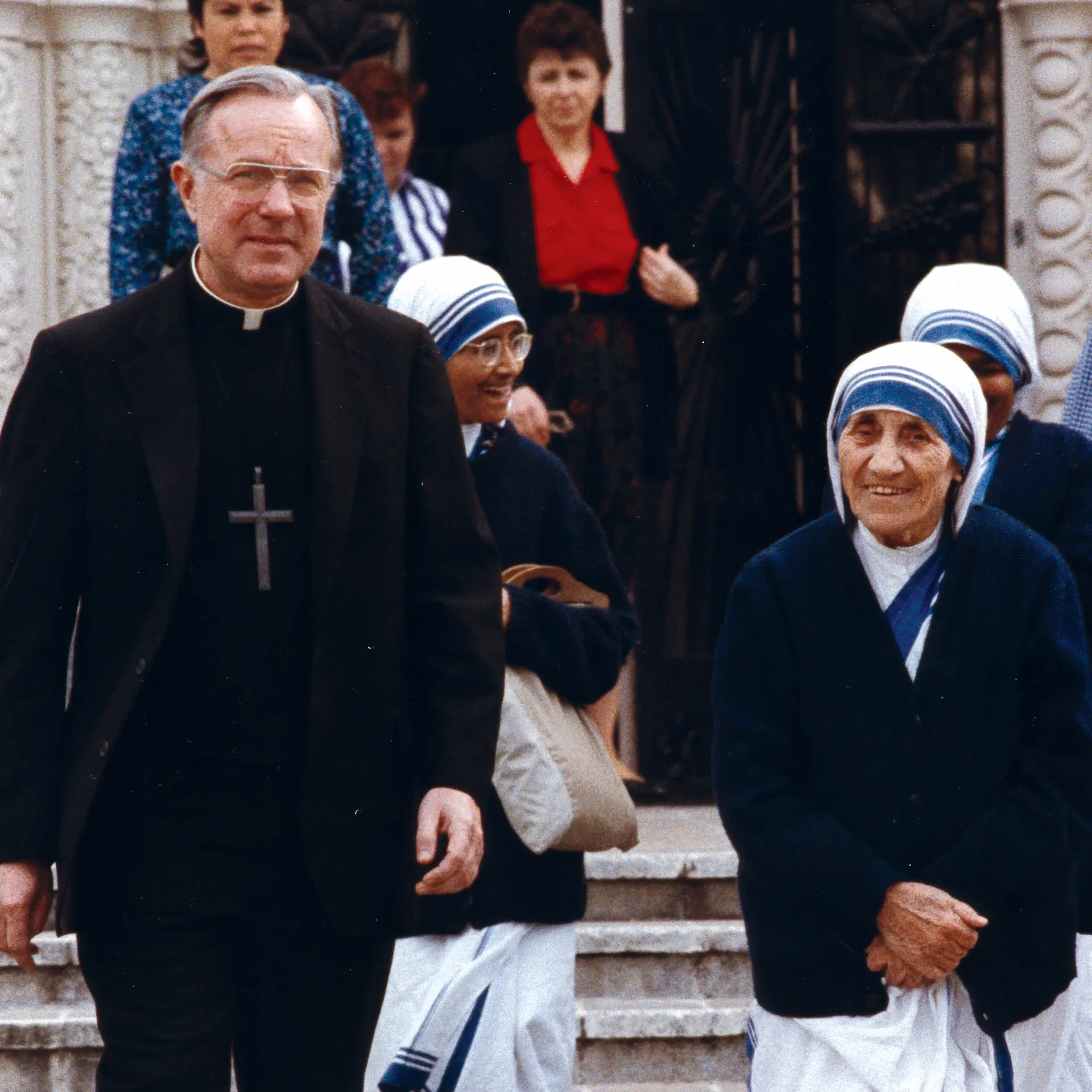
1990
Bishop Robert H. Brom, appointed a year earlier as Coadjutor, becomes fourth Bishop of San Diego.

1994
Chancery offices move to new Diocesan Pastoral Center in Clairemont, formerly the Convent of the Benedictine Sisters of Perpetual Adoration.
2002
Bishop Salvatore J. Cordileone is appointed Auxiliary Bishop of San Diego.
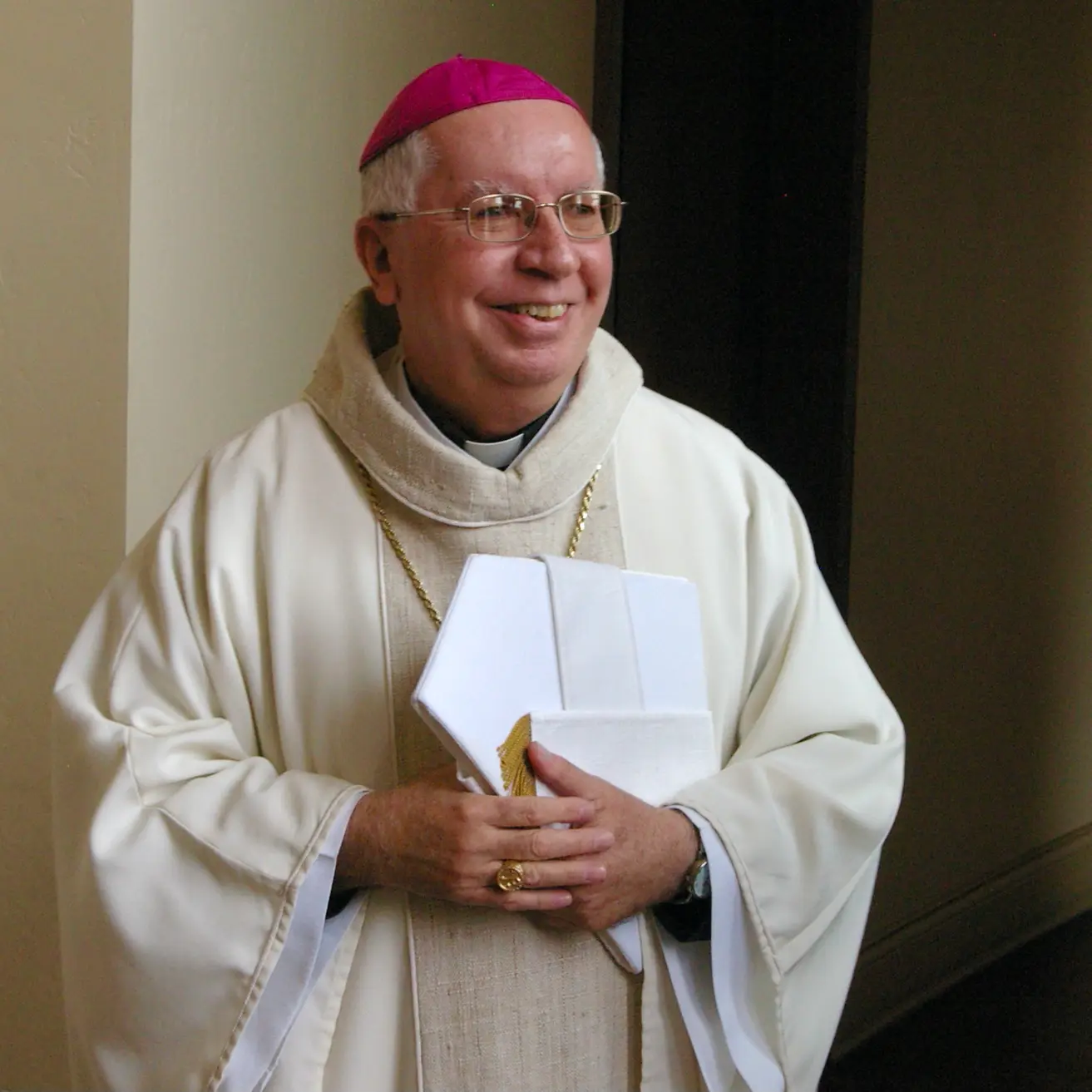
2013
Bishop Cirilo Flores, appointed the year before as Coadjutor, becomes the fifth Bishop of San Diego.
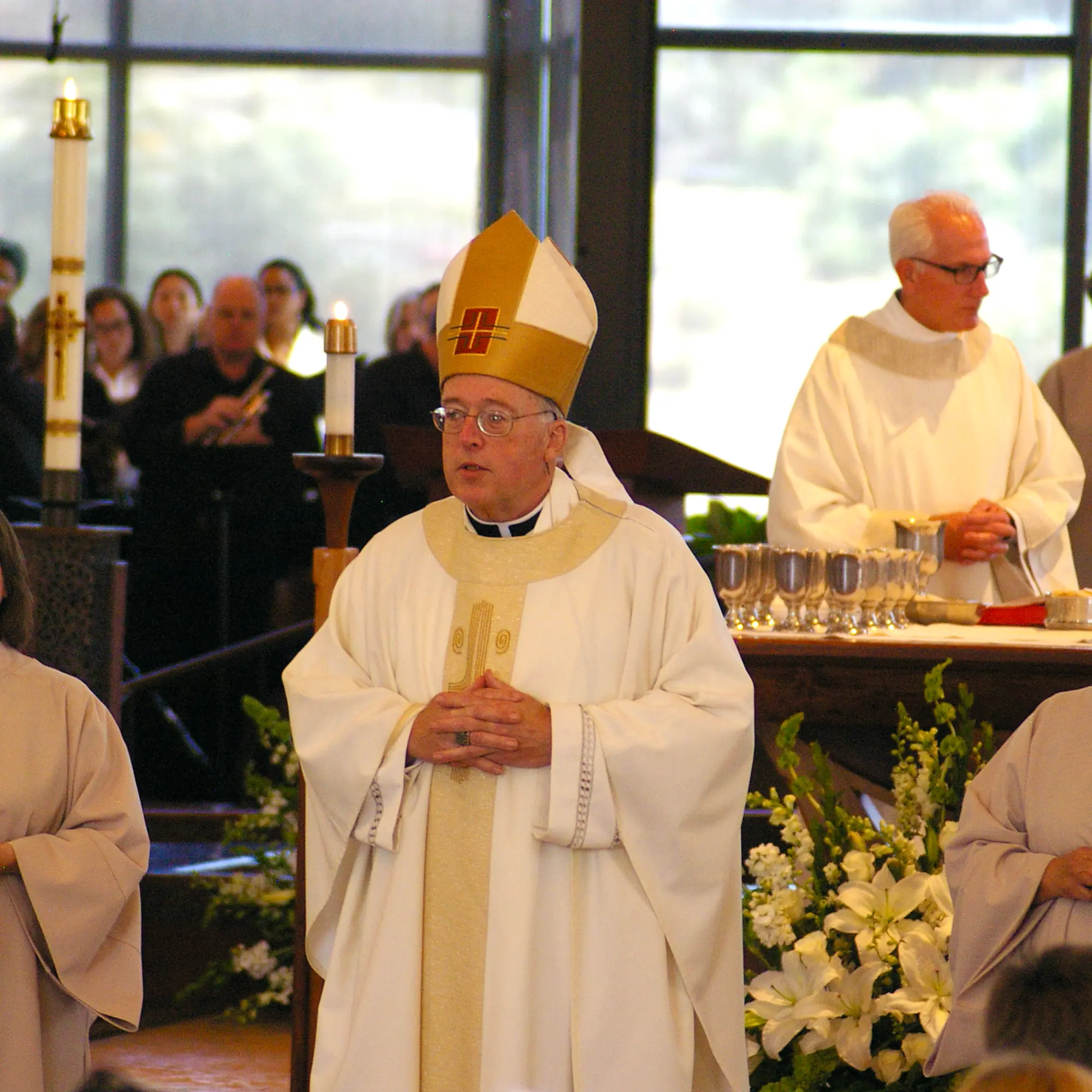
2015
Bishop Robert McElroy is appointed and installed as the sixth Bishop of San Diego.

2016
The third Diocesan Synod convened to enhance the promotion of marriage and family life in today’s world.
2017
Bishop John Dolan is appointed Auxiliary Bishop of San Diego.

2019
The fourth Diocesan Synod convened to consult young adults on how the local Church can better engage and serve their community.
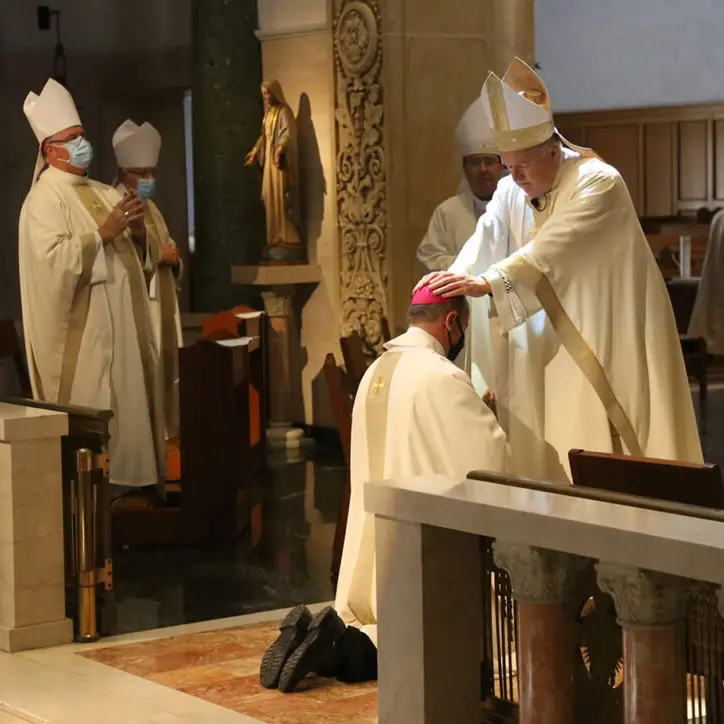
2020
Bishop Ramón Bejarano is appointed Auxiliary Bishop of San Diego.
2021
The fifth Diocesan Synod convened, a multi-year effort, to promote a culture in the local Church where all members walk forward in communion to pursue a common mission through participation of all.
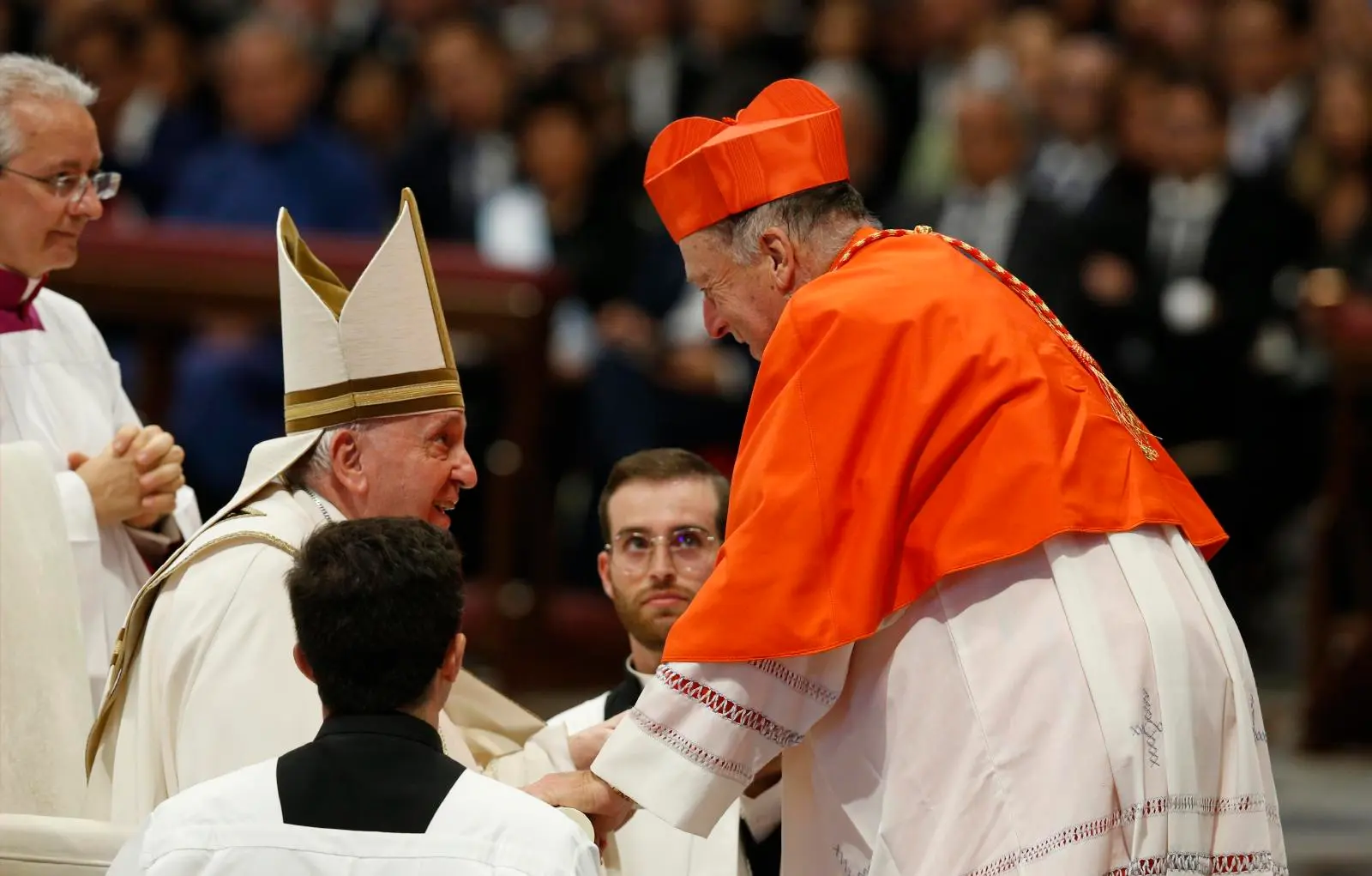
2022
Bishop Robert W. McElroy is elected to College of Cardinals.
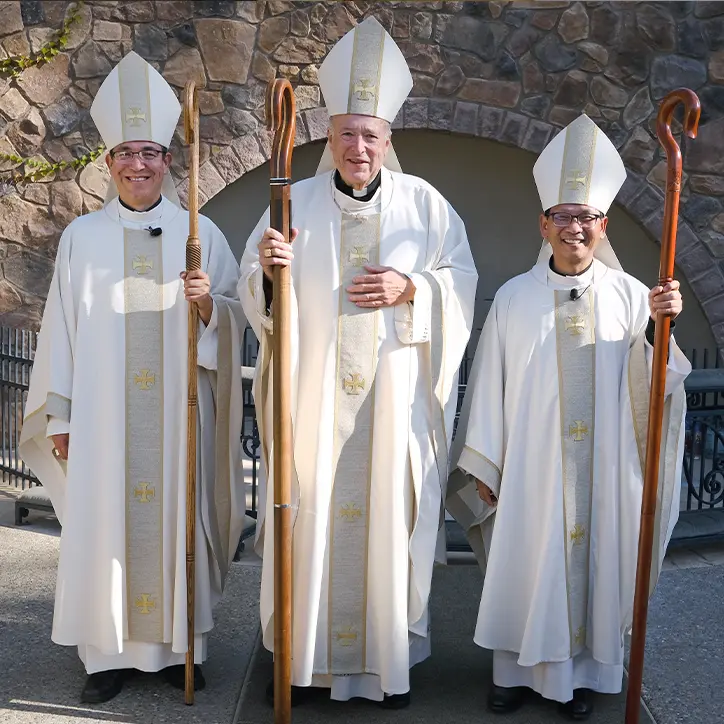
2023
Bishops Michael Pham and Felipe Pulido are appointed Auxiliary Bishops of San Diego.
2025
Pope Leo XIV names Bishop Michael Pham the seventh bishop of San Diego.
